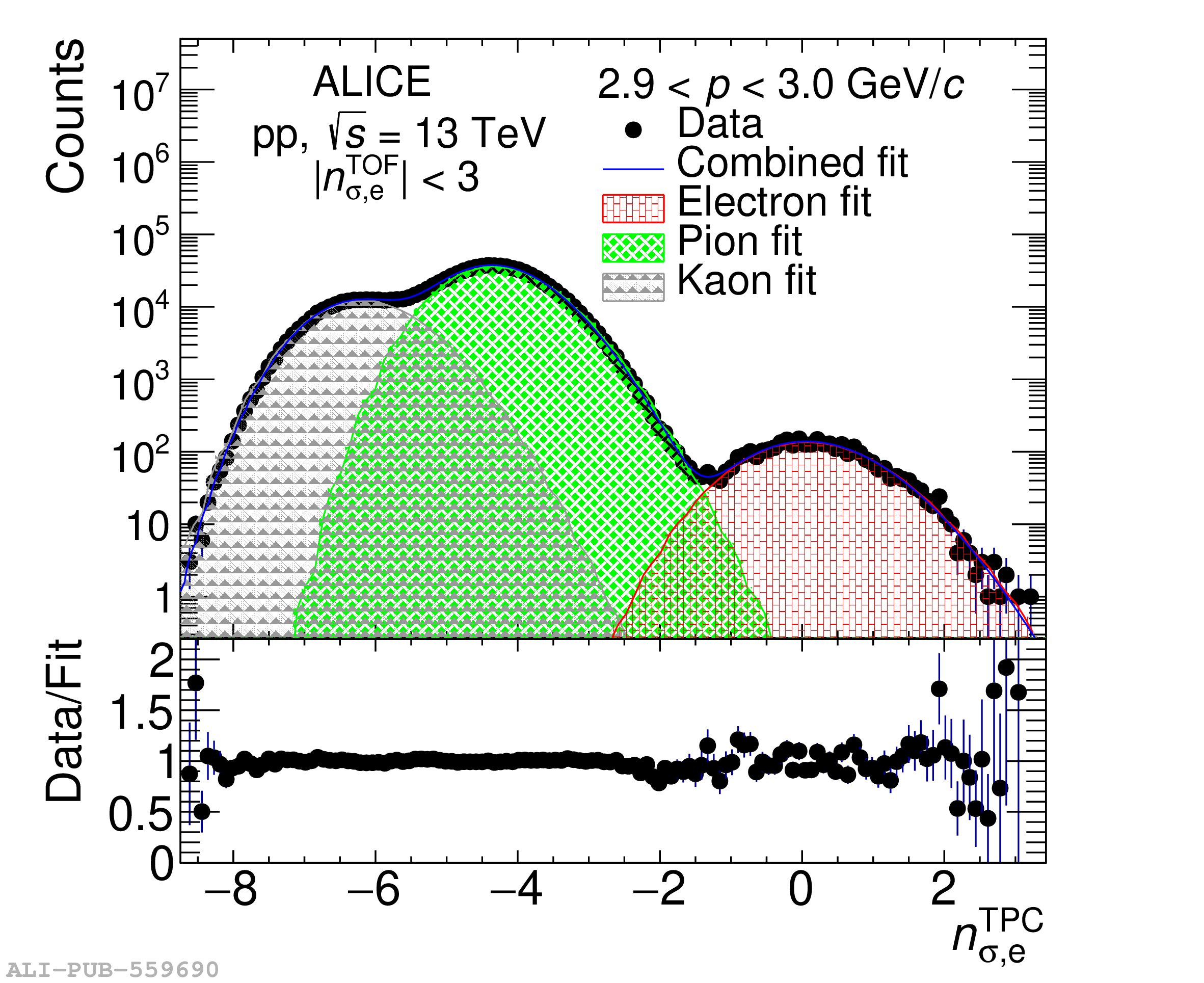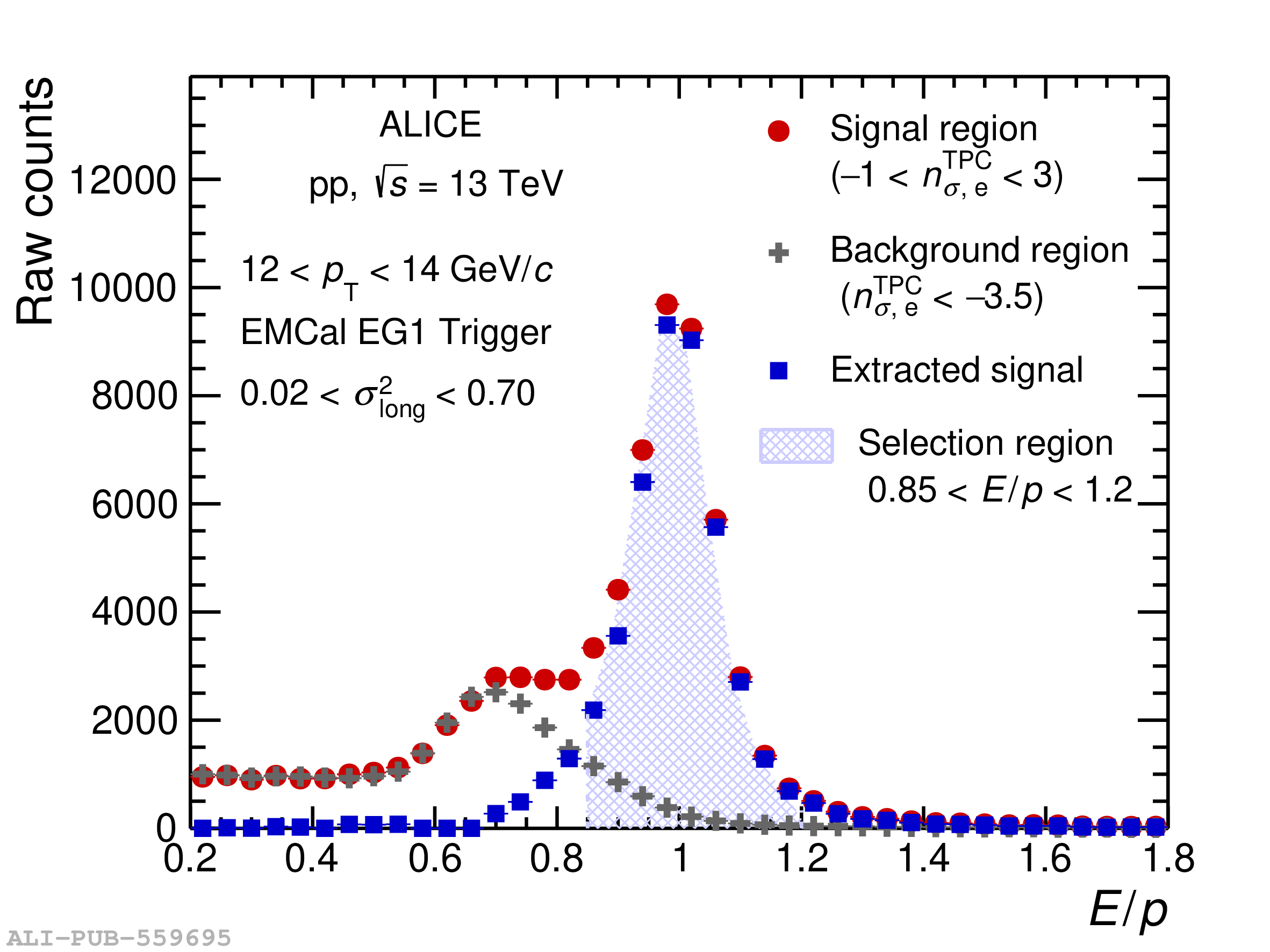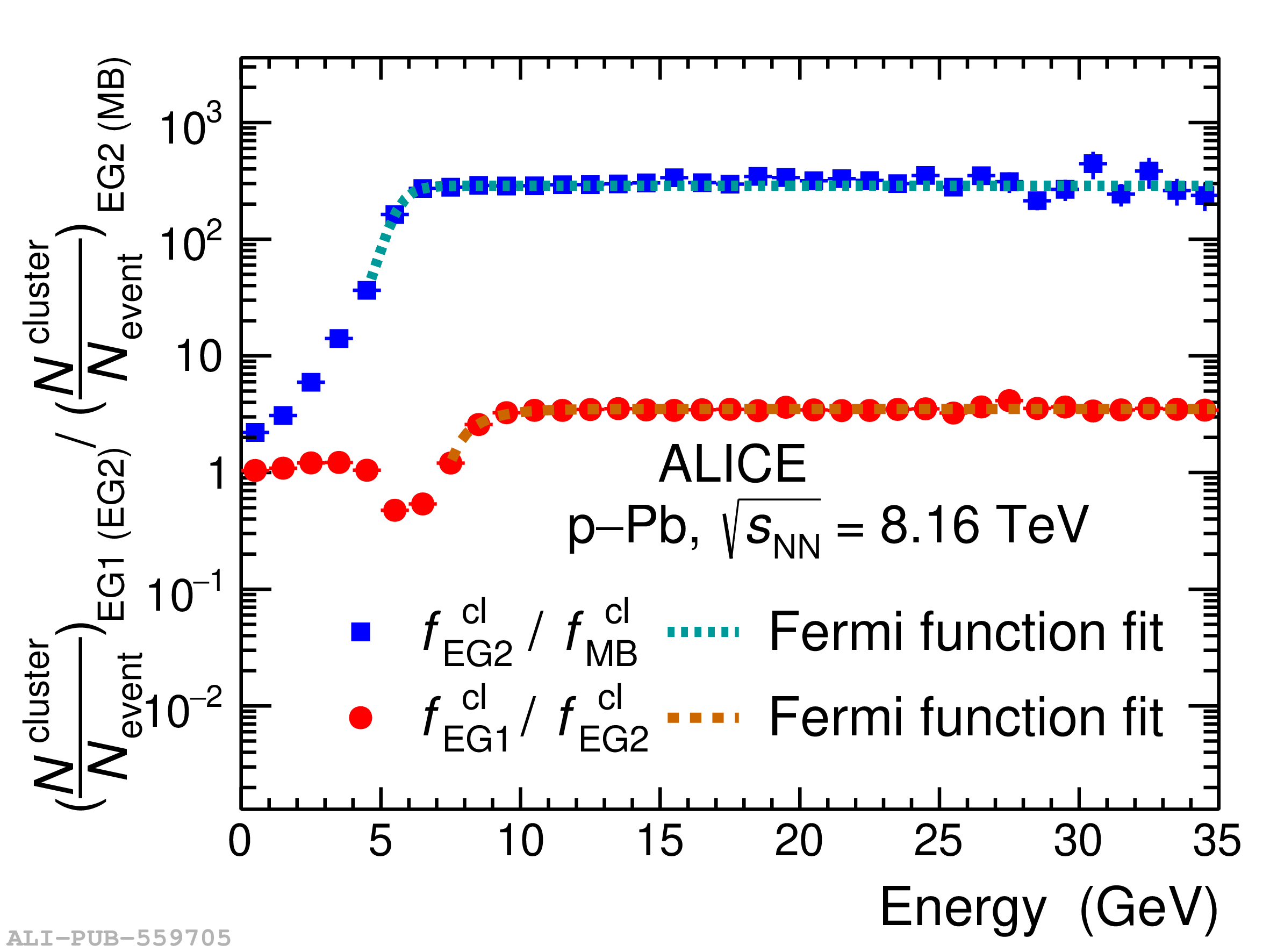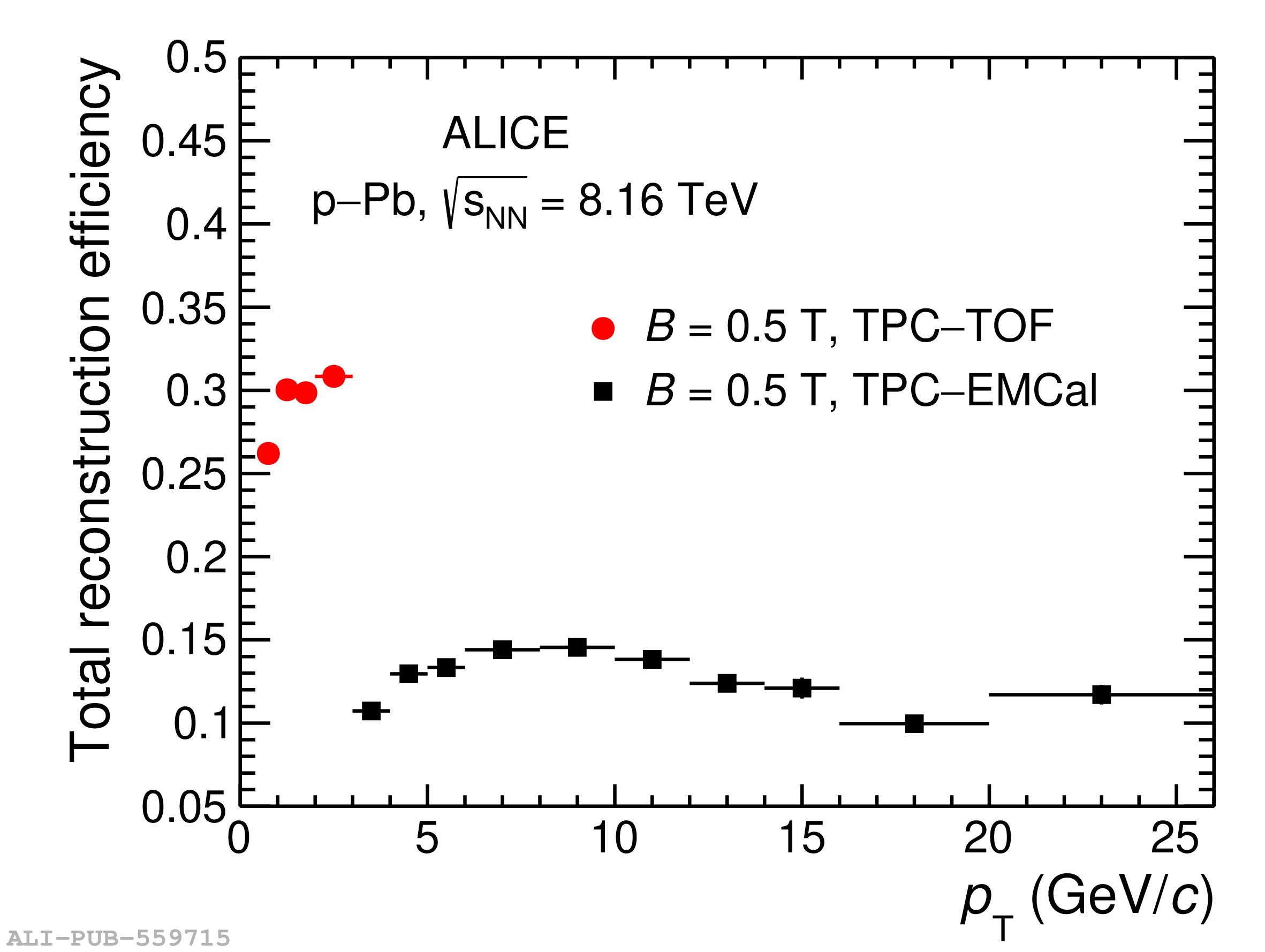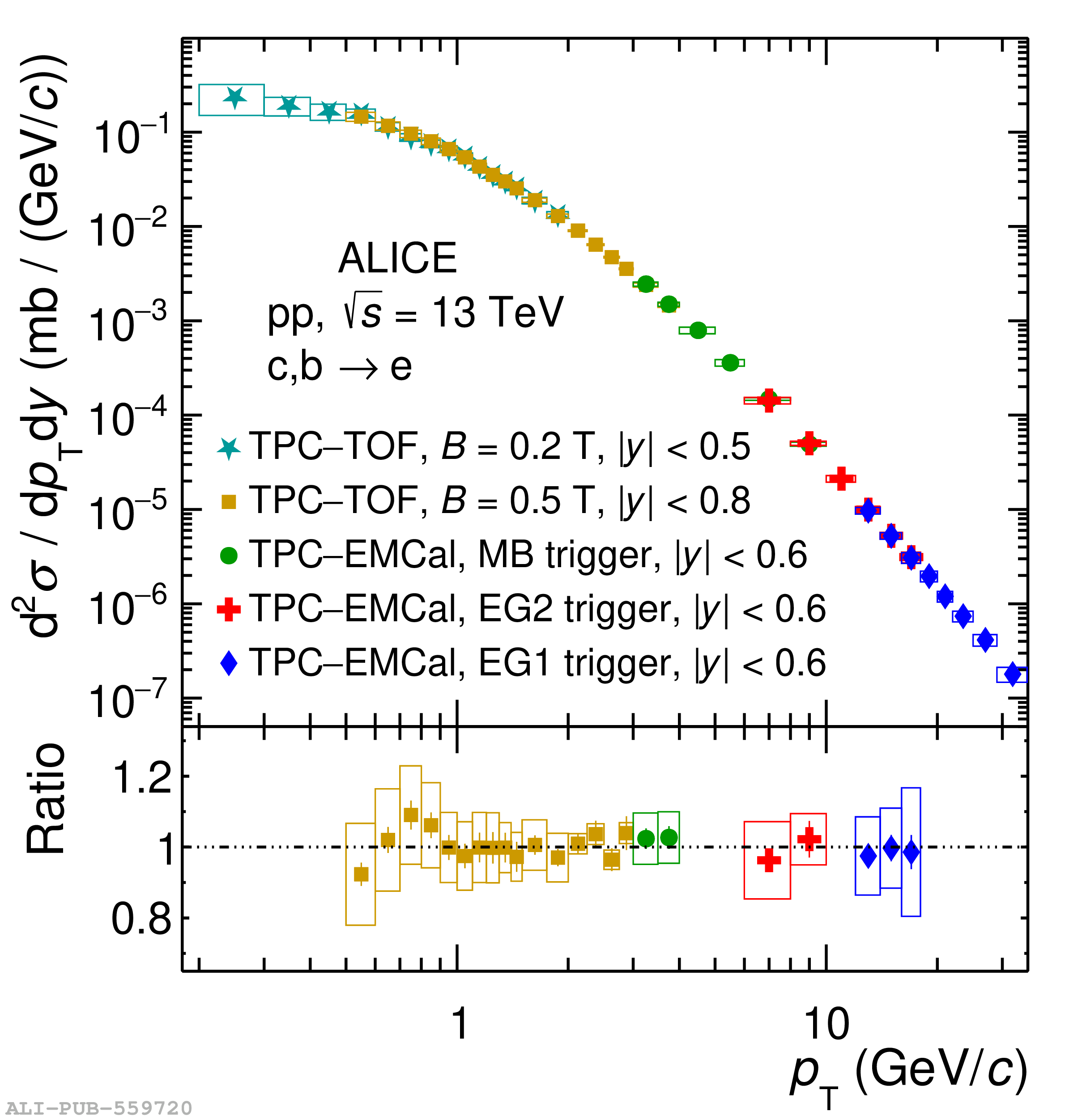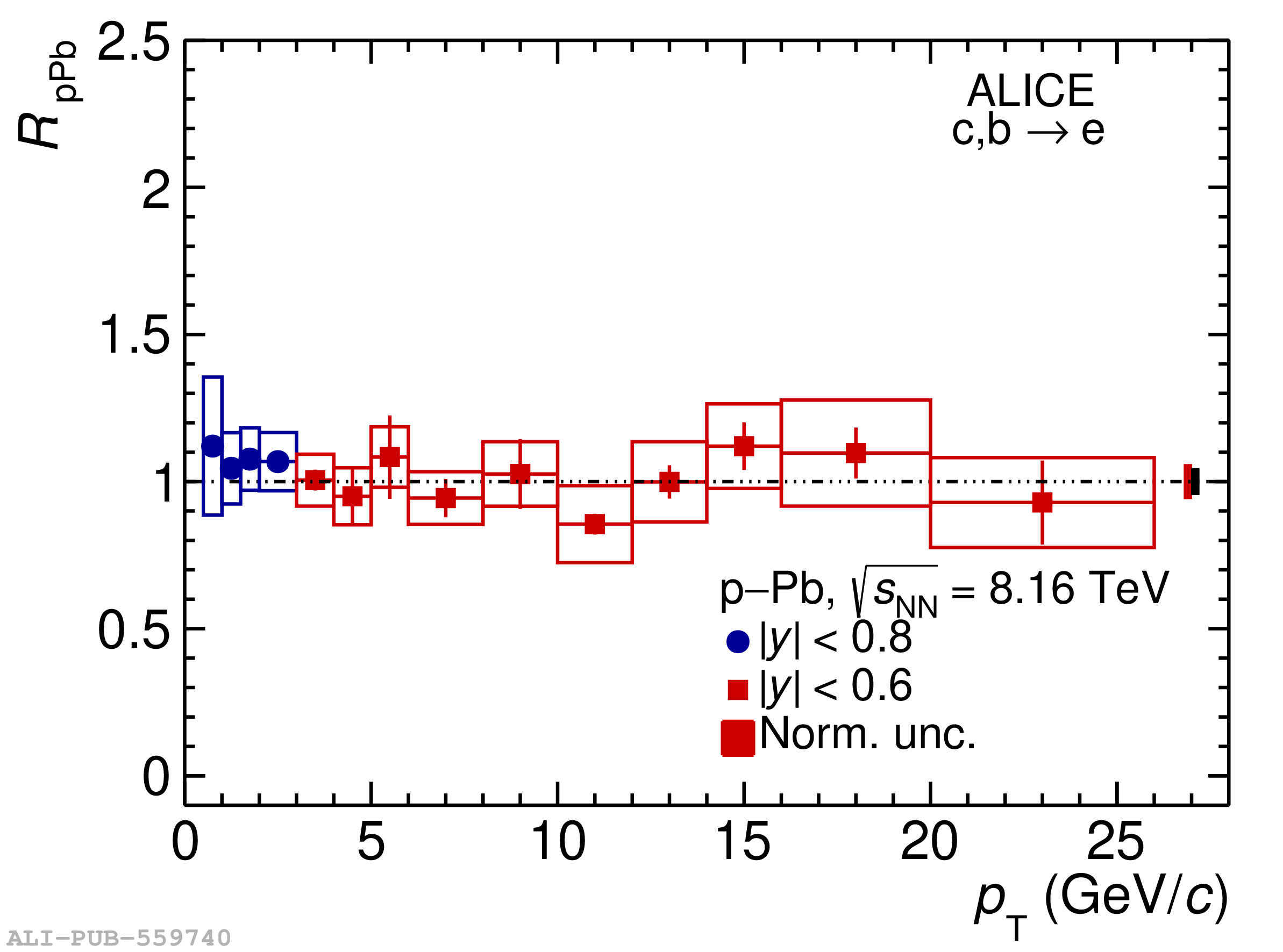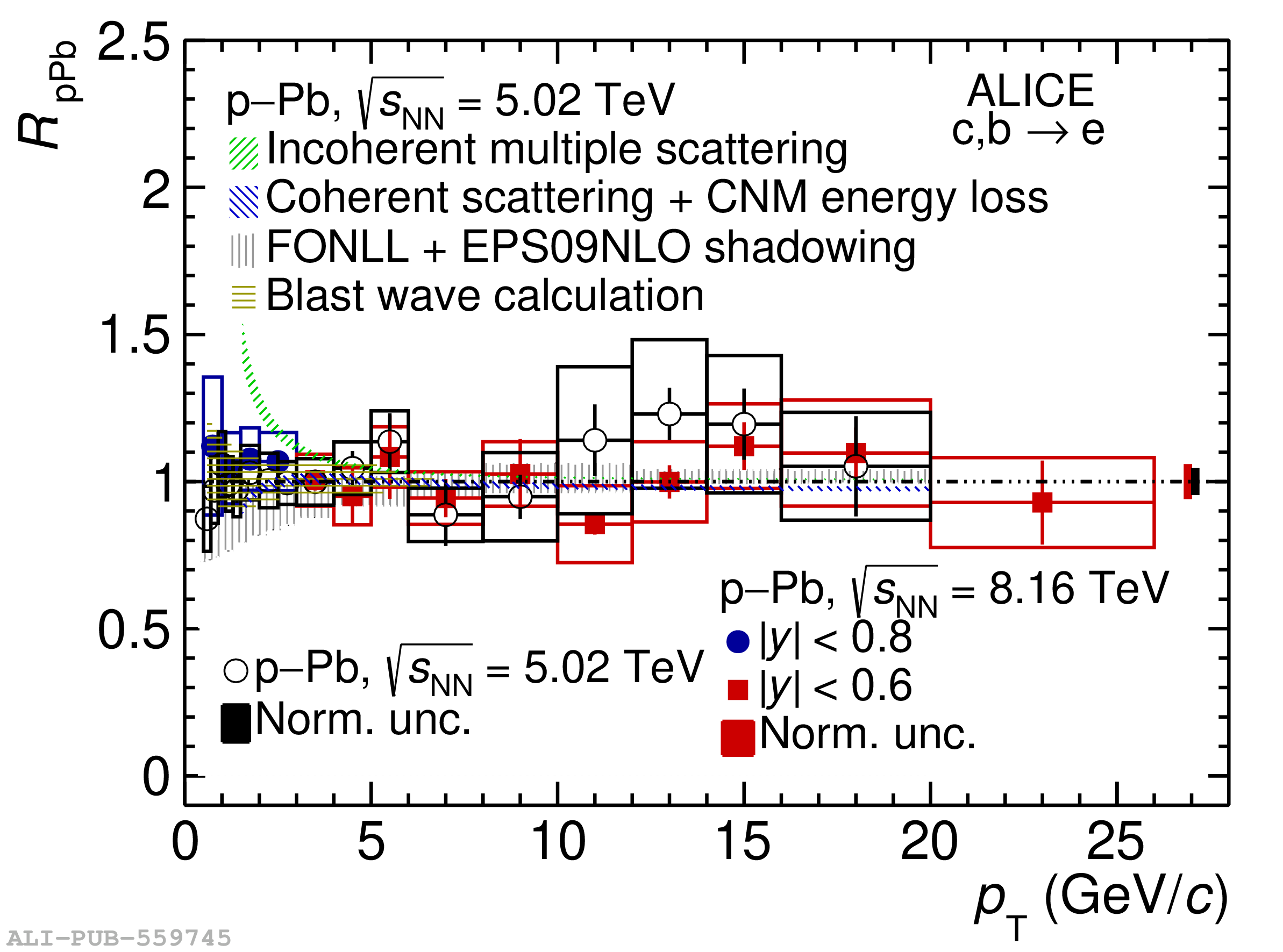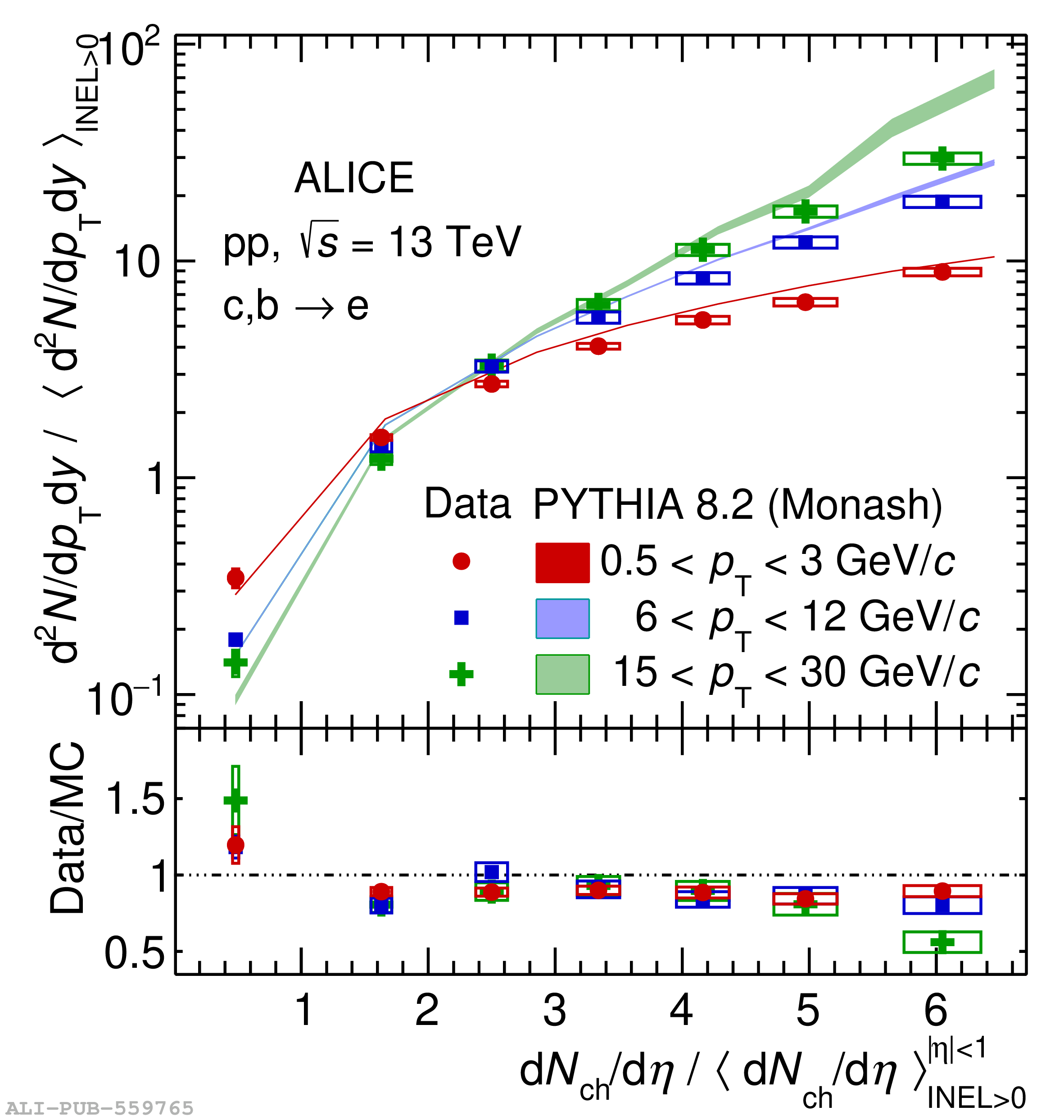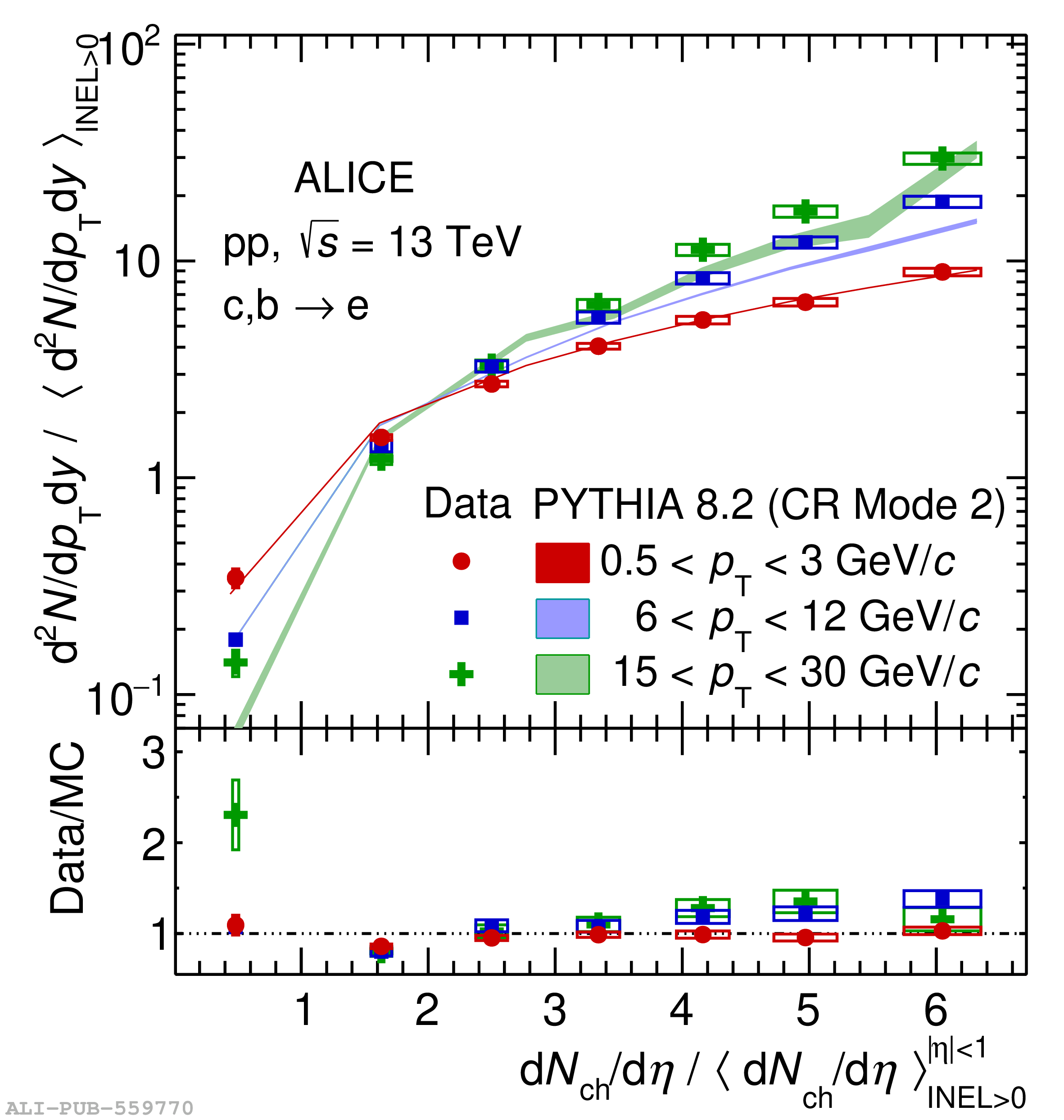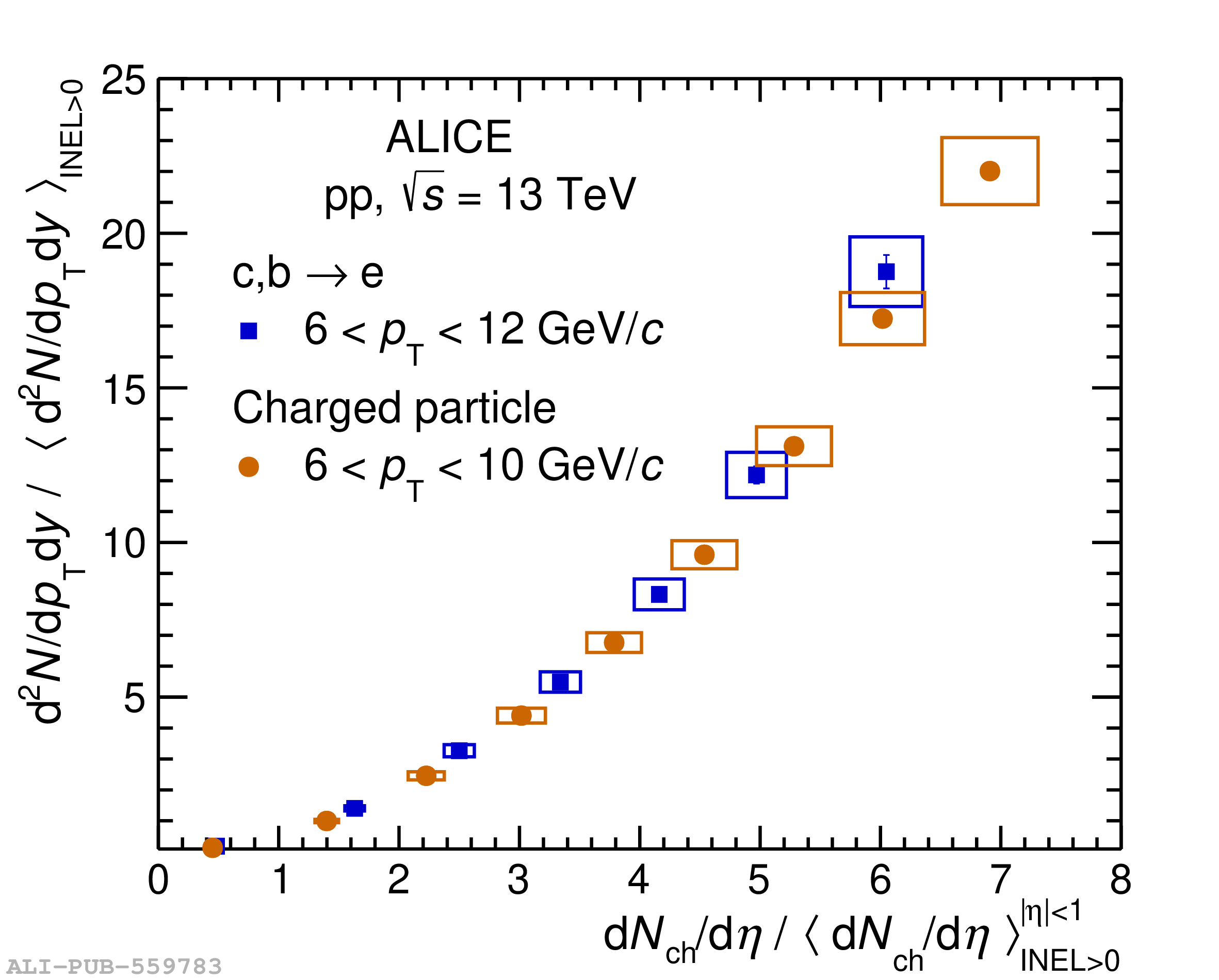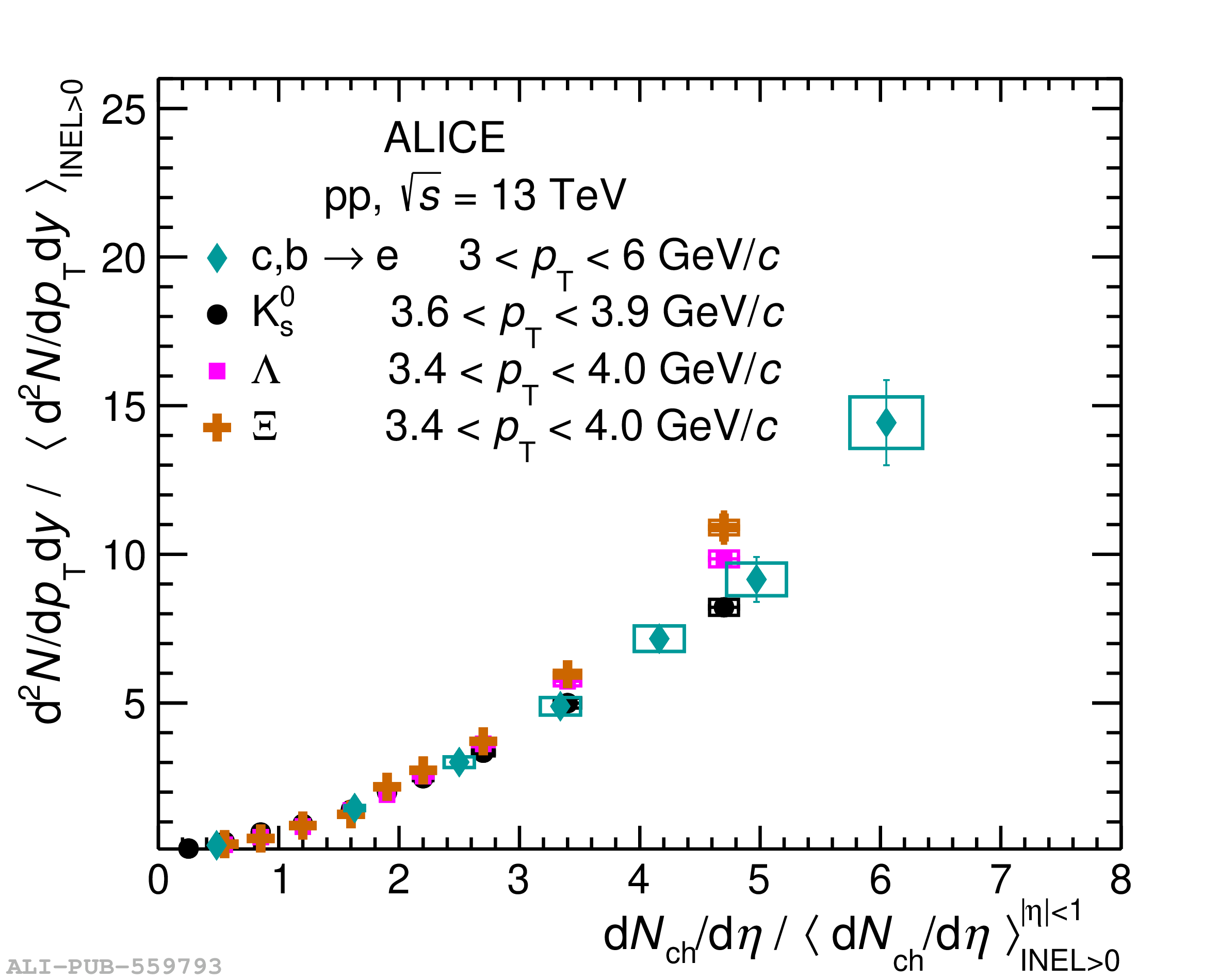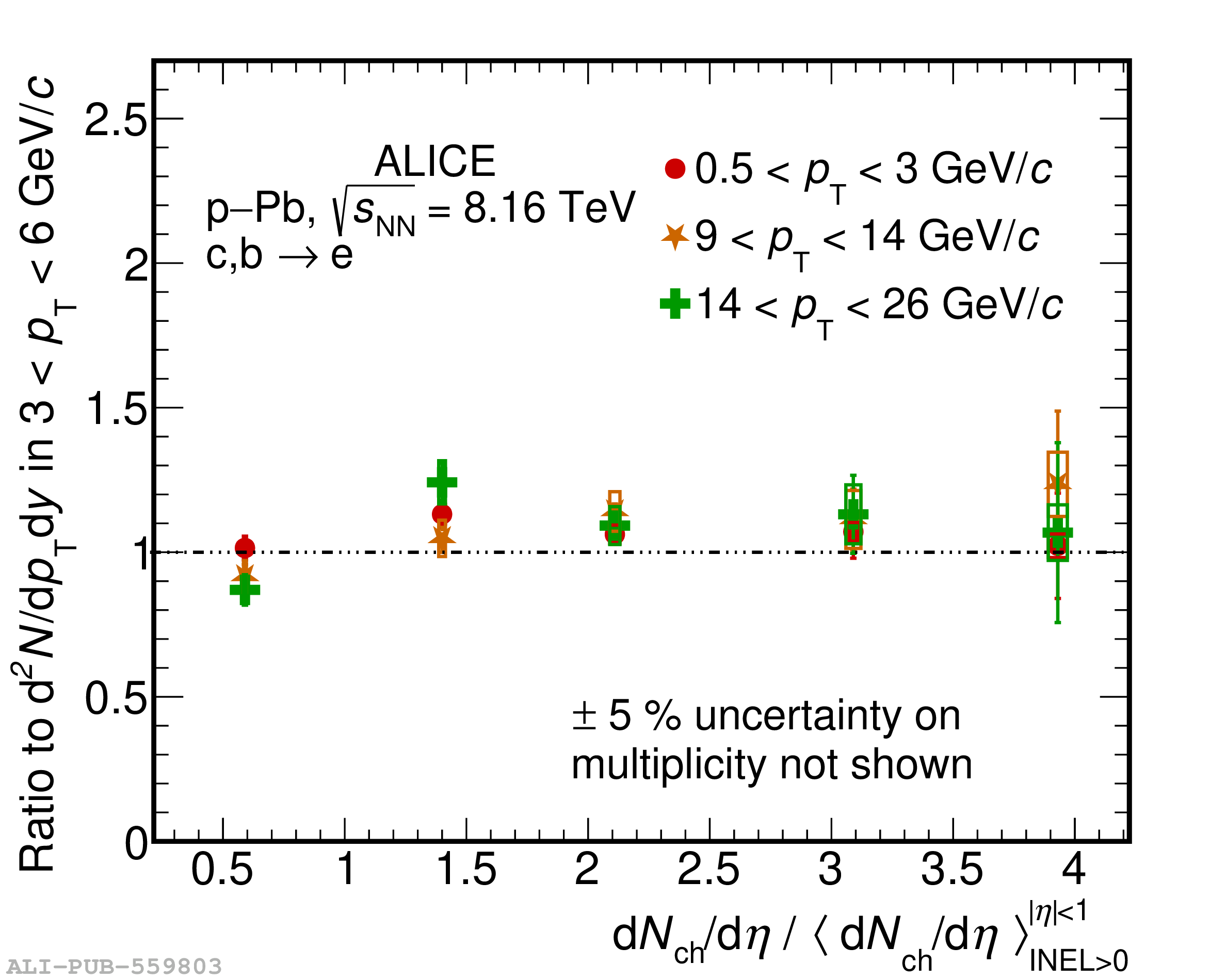Measurements of the production of electrons from heavy-flavour hadron decays in pp collisions at $\sqrt{s} = 13$ TeV at midrapidity with the ALICE detector are presented down to a transverse momentum ($p_{\rm T}$) of 0.2 GeV$/c$ and up to $p_{\rm T} = 35$ GeV$/c$, which is the largest momentum range probed for inclusive electron measurements in ALICE. In p$-$Pb collisions, the production cross section and the nuclear modification factor of electrons from heavy-flavour hadron decays are measured in the $p_{\rm T}$ range $0.5 <~ p_{\rm T} <~ 26$ GeV$/c$ at $\sqrt{s_{\rm NN}} = 8.16$ TeV. The nuclear modification factor is found to be consistent with unity within the statistical and systematic uncertainties. In both collision systems, first measurements of the yields of electrons from heavy-flavour hadron decays in different multiplicity intervals normalised to the multiplicity-integrated yield (self-normalised yield) at midrapidity are reported as a function of the self-normalised charged-particle multiplicity estimated at midrapidity. The self-normalised yields in pp and p$-$Pb collisions grow faster than linear with the self-normalised multiplicity. A strong $p_{\rm T}$ dependence is observed in pp collisions, where the yield of high-$p_{\rm T}$ electrons increases faster as a function of multiplicity than the one of low-$p_{\rm T}$ electrons. The measurement in p$-$Pb collisions shows no $p_{\rm T}$ dependence within uncertainties. The self-normalised yields in pp and p$-$Pb collisions are compared with measurements of other heavy-flavour, light-flavour, and strange particles, and with Monte Carlo simulations.
JHEP 08 (2023) 006
HEP Data
e-Print: arXiv:2303.13349 | PDF | inSPIRE
CERN-EP-2023-041
Figure group


